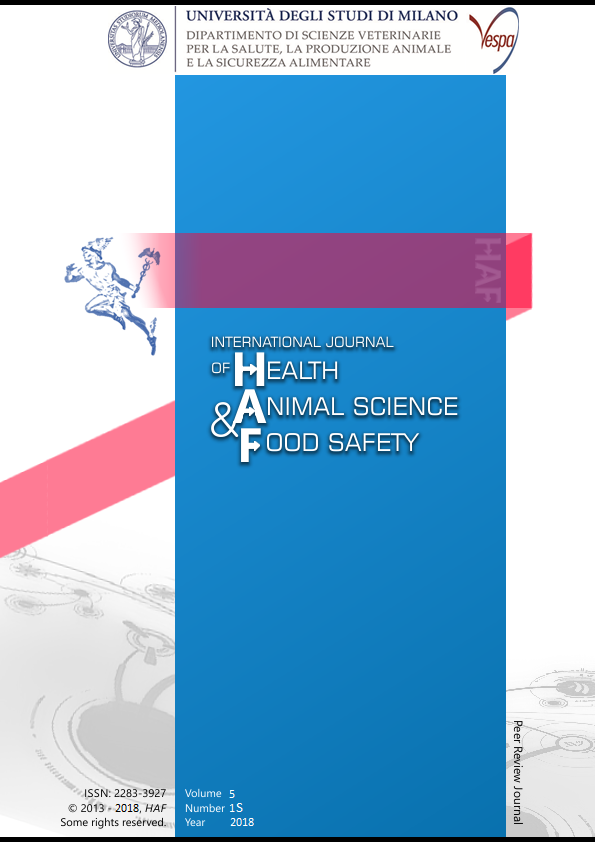Abstract
Introduction: Ticks are haematophagous ectoparasites of vertebrates habitually parasitizing avian species, which may contribute to tick dispersal across continents during migrations (Hasle 2013; Altizer et al., 2011). Midichloria bacteria can be transmitted to the vertebrate host during the tick bite (Bazzocchi et al., 2013; Serra et al., 2018). Although many avian species are common hosts of ticks harbouring Midichloria (e.g. Ixodes, Hyalomma), the circulation of this bacterium in birds has never been investigated. The aims of this study are: 1) evaluate the presence of Midichloria DNA in H. marginatum ticks and blood collected from trans-Saharan migratory birds; 2) quantify Midichloria bacteria in ticks through a novel quantitative PCR (qPCR).
Material and methods: A total of 256 H. marginatum ticks and 97 blood samples were collected from three different migratory species (Phoenicurus phoenicurus, Saxicola rubetra and Sylvia communis) on Ventotene Island (Central Italy) and DNAs were extracted. A nested-PCR targeting the 16S rRNA gene of Midichloria was used to detect bacterial presence. Subsequently, primers targeting the gyrB gene of Midichloria and the cal gene of H. marginatum were designed and used in a qPCR for Midichloria quantification. Results were expressed as gyrB/cal copy numbers ratio.
Results and discussion: 94% of Hyalomma ticks harbored DNA of Midichloria belonging to the monophylum associated with ticks, while the bacterial DNA was detected in 44.3% of blood samples. Furthermore, engorged ticks showed significantly higher bacteria load than unengorged ticks (Table 1; Wilcoxon sum-rank test: z=3.14; p=0.0017), similarly to what has been observed for M. mitochondrii in I. ricinus ticks.
Conclusions: This work provides evidence for the presence of circulating Midichloria DNA in long-distance migratory birds, suggesting an enhanced worldwide spread of these bacteria across haematophagous ectoparasite populations. Future studies are necessary to increase the knowledge of Midichloria role in the biology of this tick species.
Riferimenti bibliografici
Altizer, S., Bartel, R., Han BA., 2011. Animal migration and infectious disease risk. Science. 331, 296-302
Bazzocchi, C., Mariconti, M., Sassera, D., Rinaldi, L., Martin, E., Cringoli, G., Urbanelli, S., Genchi, C., Bandi, C., Epis, S., 2013. Molecular and serological evidence for the circulation of the tick symbiont Midichloria (Rickettsiales: Midichloriaceae) in different mammalian species. Parasites & Vectors. 6, 350-56
Hasle, G., 2013. Transport of ixodid ticks and tick-borne pathogens by migratory birds. Frontiers in Cellular and Infection Microbiology. 3, 1-6
Serra, V., Cafiso, A., Formenti, N., Verheyden, H., Plantard, O., Bazzocchi, C., Sassera, D., 2018. Molecular and Serological Evidence of the Presence of Midichloria mitochondrii in Roe Deer (Capreolus capreolus) in France. Journal of Wildlife Diseases. doi: 10.7589/2017-09-241
This work is licensed under a CC BY-SA 4.0 international

